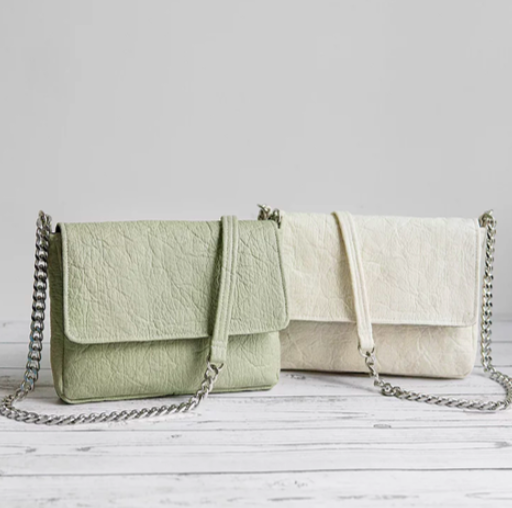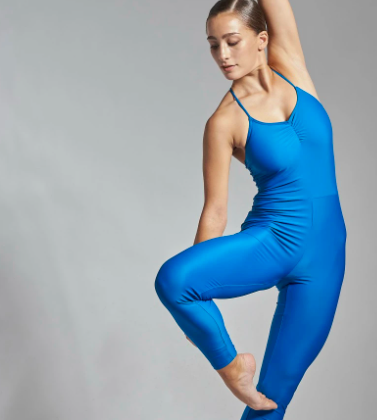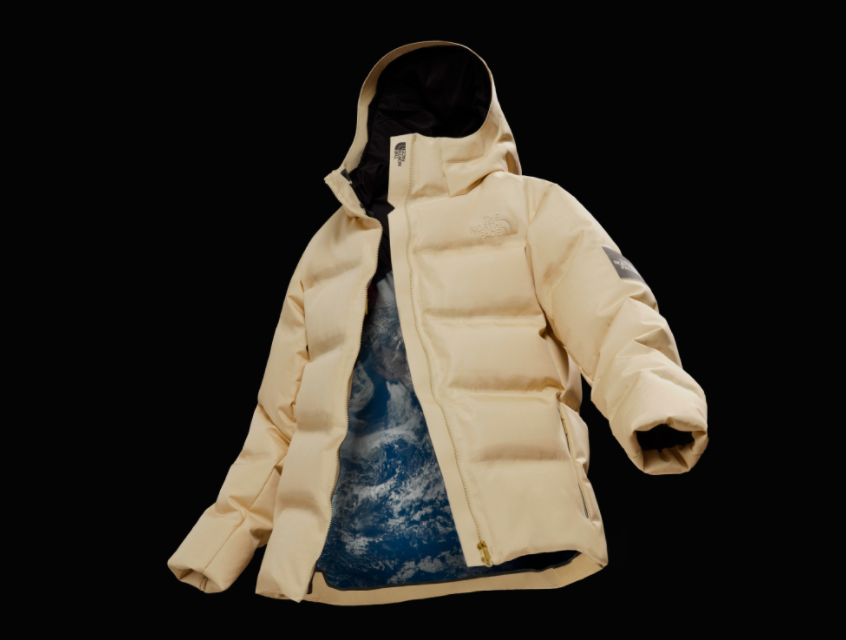Fashion is regarded as the most polluting industry in the world. As humanity has faced the environmental threat, it is essential to rethink the way people consume and produce items. The innovations concern fabrics as the latter are the indispensable part of the culture, the object of satisfying human needs and the most critical component of science-intensive technologies. Therefore, futuristic and innovative fabrics have been invented, including Tencel, Piñatex, Econyl, and Qmonos. It is necessary to analyze whether they can serve for the safe development of society.
The first fabric is Tencel; it is a natural material made from Australian eucalyptus wood. The fabric is nano-processed; even though its production is artificial, it is practically waste-free and does not harm the environment (Rauturier, 2019). The second is Pinatex, an alternative to leather made from plant waste, namely pineapple leaves with the addition of brass mushrooms and recycled plastic (Rauturier, 2019). Ananas Anam buys pineapple leaves and makes fabric, being used by famous fashion brands (Rauturier, 2019). Third, Econyl is reclaimed nylon, a recyclable material that does not require new natural resources. It is produced by recycling ocean plastic waste such as nylon waste, textiles and fishing nets thrown into the sea (Rauturier, 2019). Finally, Qmonos is an innovative material woven from genetically modified spider web protein (Moon Parka, n.d.). It is a synthetic imitation of spider silk, which retains all the unique features of the natural original (Rauturier, 2019). Thus, these four fabrics are considered environmentally friendly with the potential to be wide-spread applied in the fashion industry.
Regarding the usage of the fabrics, Tencel is used for domestic, medical, and technical uses. For example, this can be casual wear, underwear, bedding and sportswear. Econyl is also used for sports and outdoor clothing, including leggings, shorts, swimwear. Spider filaments are the material of the future, stronger than steel and lighter than carbon fiber. The scope for using Qmonos s is extensive, from auto components and body armor to clothing and medicine. Piñatex is already used to make shoes, accessories and car seat covers.




References
Gamzatti Unitard In Blue. (n.d.). Econyl. Web.
MadeFromPiñatex. (n.d.). Ananas Anam.
Moon Parka. (n.d.). Spiber.
Rauturier, S. (2019). What Are the Most Sustainable Fabrics?. Good on You. Web.
Tencel. (n.d.). Tencel. Web.